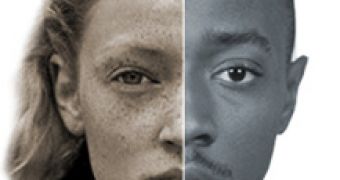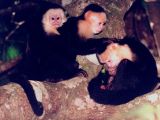This is clear, men and women are different species. And the difference is more than just physical: it goes in all inner organs, including the brain, explaining behavioral differences but also opposite desires, sensitivities, preferences...
The brain is masculinized from the womb by testosterone (its lack determines the feminization of the brain), generating anatomical differences that explain why the males find it harder to read facial expressions than women do, but explain their higher ability to visualize objects in three dimensions or read maps, labyrinths and diagrams.
When it comes to women - the corpus callosum, the major white matter tract, connecting the two brain hemispheres, allowing their intercommunication - is much wider. That's why women have their brain functions more distributed, while men have a more "asymmetrical" brain, with more specialized areas and, for example, a lesion on the left hemisphere, which can induce speech loss, is more devastating for men.
A new research made by Associate Professor of Psychology and Biology Kimberley A. Phillips (Hiram College), Chet C. Sherwood (George Washington University) and Alayna L. Lilak (Hiram College) on capuchin monkeys revealed a similar sexual difference in the brain structure: a larger corpus callosum in females.
The 13 adult capuchins underwent magnetic resonance imaging of the brain for the scientists to assess the size of their corpus callosum and later were put to accomplish a task to find hand preference.
Just like humans, male capuchins had a relatively smaller corpus callosum than females, but right-handed individuals also had a relatively smaller corpus callosum than left-handed individuals.
This points to the fact that this gender brain difference could have an old history in humans.
Capuchin monkeys live in tropical Americas, from Mexico to northern Argentina and are amongst the most intelligent monkeys of the new world, known to use tools (stones) to crack mollusk shells.
They live both in trees and on the ground and hunt small rapid prey, like birds, lizards and squirrels, being inquisitive, very handy and presenting a complex social behavior and cognitive abilities. This is perhaps the most common monkey seen in Hollywood movies.

 14 DAY TRIAL //
14 DAY TRIAL // 
